Does Flex Duct Reduce Airflow?
For those considering installing new ducting, flex ducting is a viable and convenient option with a great level of effectiveness, and a level of application that is specific to the space of the installer.
However, is it better than round ducting? Is flex ducting compromised because of its manoeuvrability? In this blog, we will answer the question ‘Does flex duct reduce airflow?’
To prevent mould, fresh air should constantly be introduced into your dwelling daily, as it helps to regulate temperature and reduce condensation. Introducing fresh air can be as simple as having a ventilation routine, or installing extractors or PIV systems. Almost all of this is facilitated by ducting.
Knowing the length of time your flexible ducting should last is key in knowing whether or not you should replace your ducting. And sometimes, whether it is insulated or not may affect that.
I-Sells is here to provide the answers you need whilst also supplying you with all the information you need to combat mould and have a well-ventilated home.
What is the ducting
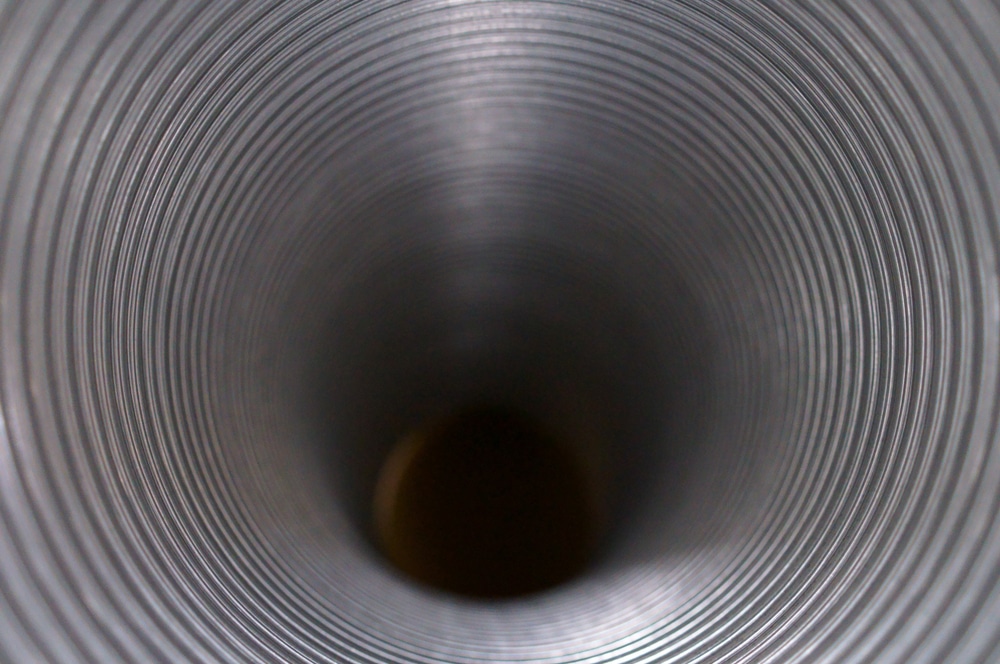
The ducting system is a series of interconnected hollow tubes dedicated to the movement of air, ducting pipes can come in different sizes and as previously mentioned, in different shapes, each of which has its benefit.
Ducting pipes can be as long or as short as required by the space it is occupying. Additionally, ducting can be created from different materials, as we will highlight below.
Ducting is used to facilitate the process of ventilation, ducting systems may vary, but generally are made from plastic or metal & made into the piping which intakes air from the room it is in & expels it outside.
The main purpose of ventilation is to introduce outdoor air into a dwelling, building or room being evenly distributed. Its general purpose is to allow “healthy” air for breathing & diluting pollutants that may be present in the dwelling, building or area.
No Ducting means more mould
Mould reproduces from tiny spores. The spores float through the air and deposit on the surfaces. Under adequate temperature, moisture, and nutrient conditions, the spores can form new mould colonies.
condensation is not the only cause of mould, it can occur from leaks in the structure of a building too. Ducting and ventilation can help prevent an environment necessary for mould to develop, along with a ventilation routine.
Mould can severely affect your immune and respiratory system, as the spores are easily breathable and not obvious to see through the human eye.
If you have found mould in your home, you need to assess if this is your landlord’s responsibility (for example it could be from a leaking roof that needs repairing). Or if the dampness is caused by improper ventilation. To assess your options, click here.
Flexible ducting explained
Flexible ducting is ideal for those with limited space but still require ducting. It can also be used as a temporary option. Flexible ducting can come in plastic or metal, applicable in home/accommodation settings, or industrial settings. An example of flexible ducting can be seen in conjunction with vented tumble dryers.
The Pros and cons of flexible ducting
Pros
- It is flexible by nature which by default makes it easier to install & manipulate post-installation if needs be.
- Can be installed in tight or confined spaces.
- Option for transparent ducting to be able to see potential blockages.
- Can be used as a temporary ducting system
Cons
- Due to the flexible nature of this ducting, there is a higher likelihood of punctures, subjective to placement.
- Regular maintenance checks should be carried out to guarantee efficiency.
- Mostly suitable for internal mounting
Does Flex Duct Reduce Airflow?
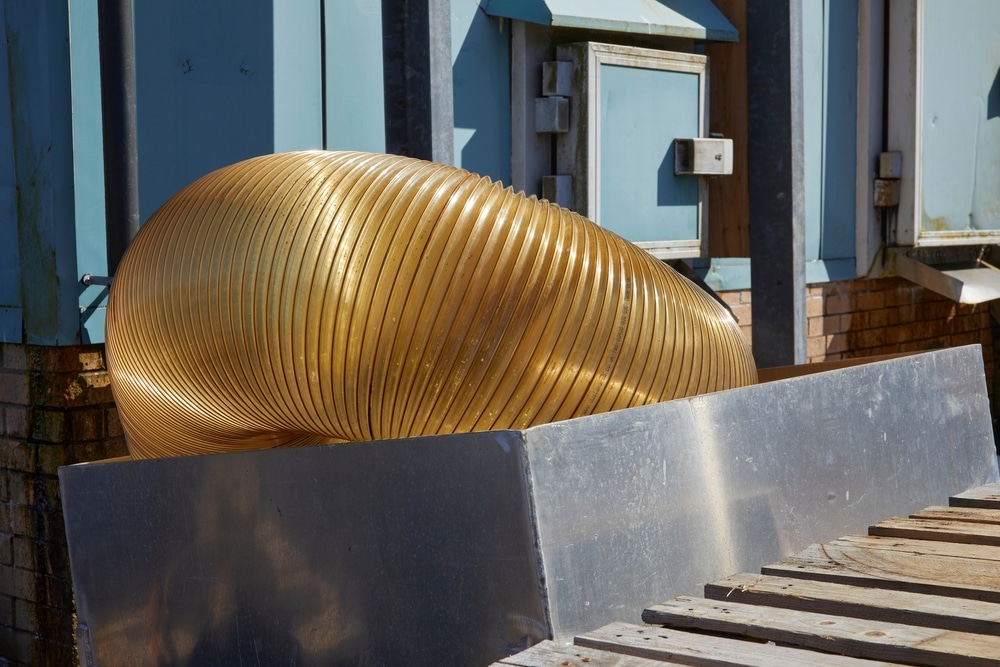
The level of airflow when it comes to flexible ducting has the possibility to be affected by the position it is installed in, this is also why it is vital to fully extended flexible ducting.
Having any tightly coiled, unextended areas can lead to a buildup of dust, reducing the effectiveness of the ducting over time, especially if it isn’t maintained. Some would argue that this makes flexible ducting ineffective, though it is still a perfectly fine option if it is regularly maintained.
Flex ducting also is slightly more susceptible to ripping and getting holes, especially if it is not insulated. This is the compromise that comes into play when having a flexible duct as opposed to a round duct. If there are holes in your ducting, then airflow will be reduced, as air will escape through whatever holes have been made.
Does round ducting have better airflow than flex ducts?
Yes, round ducting does have a better airflow than flexible ducting, this is entirely due to the streamlined design and lack of turns of direction within the ducting that would generally be present in flexible ducting. Though if your space does not allow for regular ducting, flexible ducting is perfectly fine, the difference in airflow is nominal.
This may not be a problem for some, but for others who use ducting as part of their work, such as a chef, the ducting in the oven hood needs to have a consistent and powerful airflow to prevent smoke, smells and steam from overpowering the entire cooking area.
How many years does flex ducting last for?
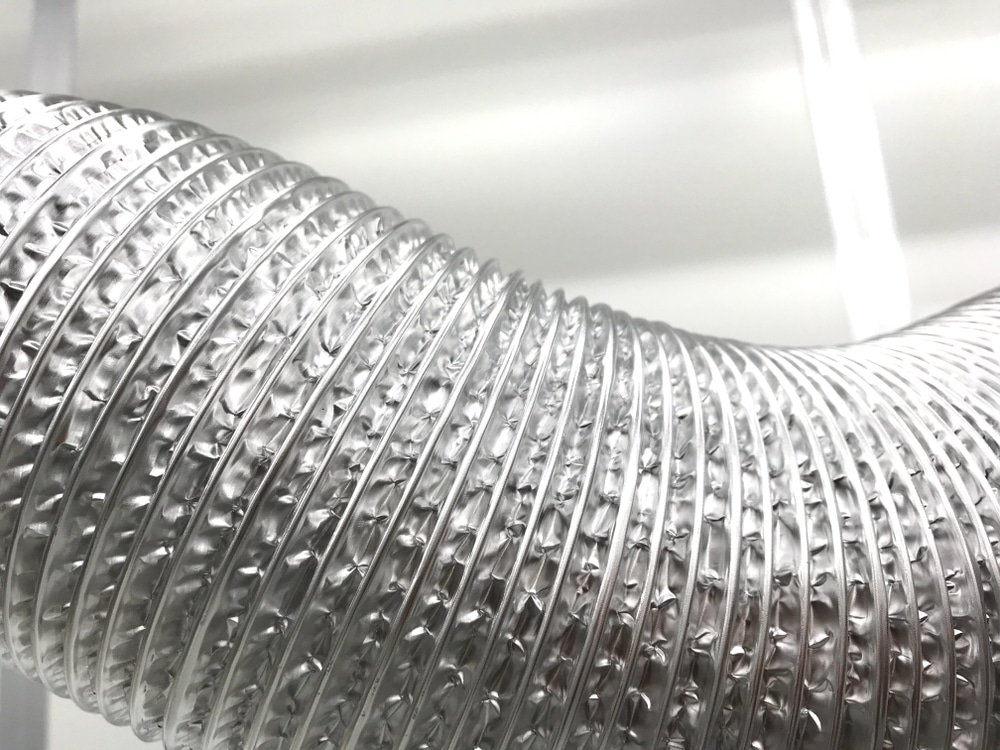
Ducting generally has a maximum lifespan of 20-25 years, if it is well-maintained, regularly checked and insulated. Regardless, metal ducting degrades over time, due to the expansion and contraction of metal in response to local relative temperature, which fluctuates seasonally.
Flexible ducting, if taken care of, with no dramatic or constant changes in its environment that require it to be moved should also last the lifetime of regular ducting. Though it is more susceptible to holes.
When to replace ducting
Any ducting that hasn’t been updated or checked beyond 20 years is definitely in need of replacement. If they don’t have the answer, here are some key factors that would determine your ductwork being replaced without the intervention of an HVAC technician to check themselves.
- A reduced input/output (this can indicate a large amount of dust inside the ducting)
- Broken areas that allow air to escape, whether this is on the ducting pipe or the connecting joints
- Condensation on the ductwork
- If the ducting hasn’t been checked or worked on in years
- Mould in areas neighbouring the ducting (could be an indication to mould being within the ductwork.)
How to make ducting last longer
Making your ducting last longer is simple, but requires your attention and time. Here are some actions you can do to ensure your ducting lasts.
- Insulate your ducting.
- Repair any leaks before installing your ducting.
- Keep your ducting as short & with as few changes in direction as possible.
- If using flex ducting, ensure it is fully extended before installing, as air can get trapped in the spiral areas that are not extended, which causes dust to build up over time.
Purchase flex ducts today
We at I-Sells endeavour to make sure our customers have all the information they need before choosing to invest in our mould solutions. Be sure to visit our blog page to gain knowledge on the wide array of factors and issues surrounding ventilation, mould, condensation, and much more.
We hope to have answered the question ‘Does flex duct reduce airflow?’’
We understand you may have more questions, Do not hesitate to contact us for more information with regard to whatever you need our help with. If you’d like to send us an email, click here. For other contact options, see below:
Call us on 020 8463 9696
Visit us at our showroom:
*OPENING TIMES*
Monday – Friday: 8:00 am to 5:30 pm
Saturday: 9:00 am to 12:00 pm
Sunday: Closed
15 St John’s Parade
Sidcup, Kent
DA14 6ES
United Kingdom


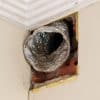
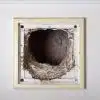
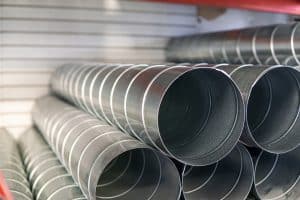
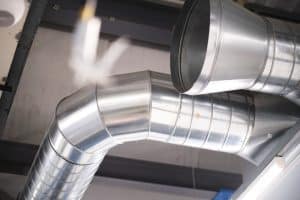

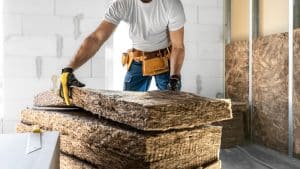
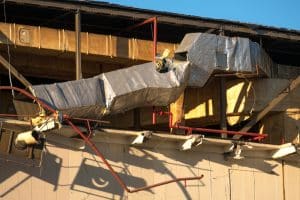


















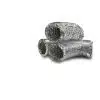

Add comment
You must be logged in to post a comment.